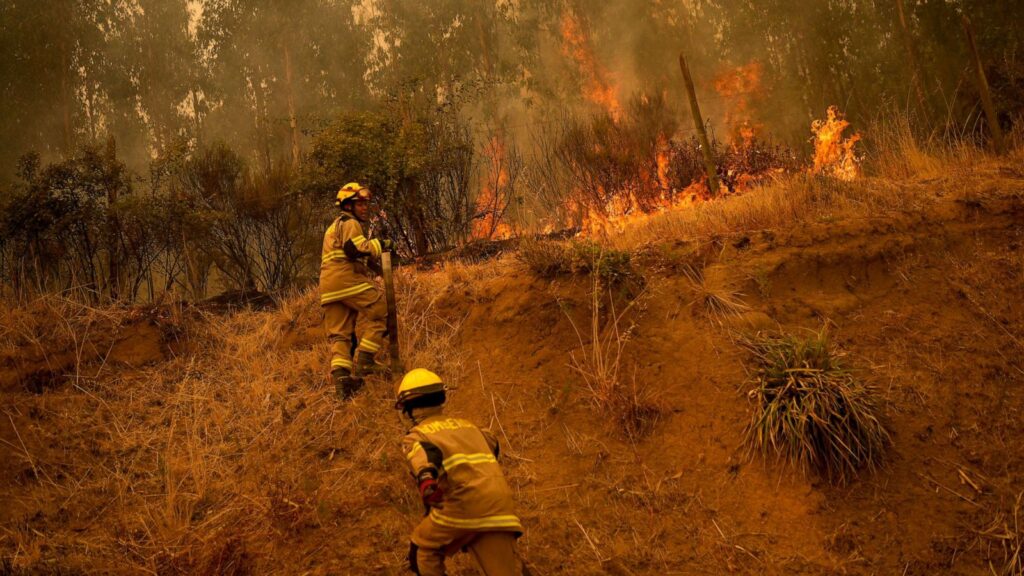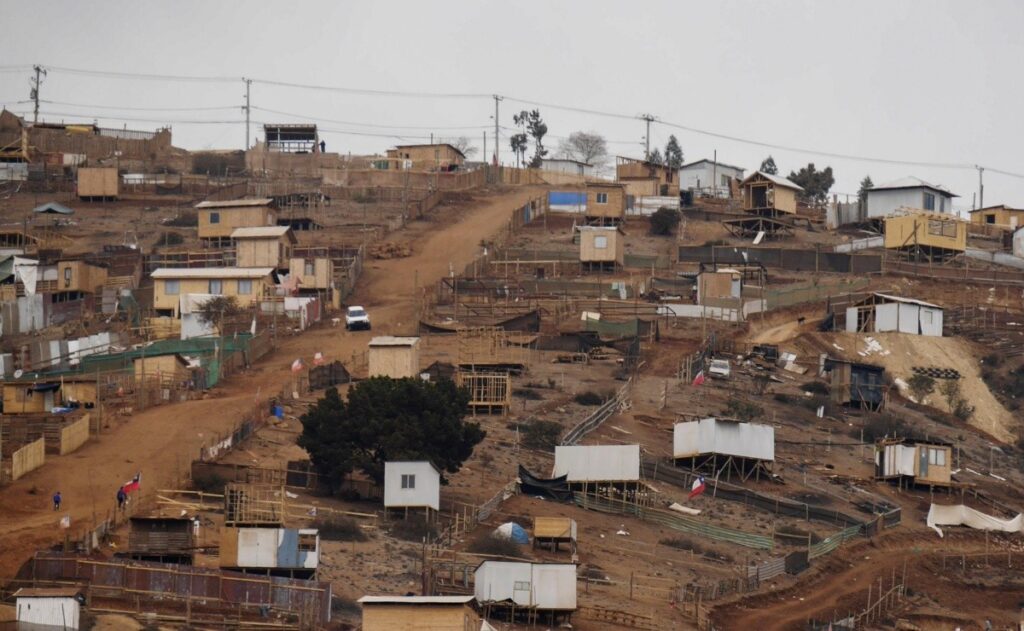Historic wildfires in Chile annihilated thousands of homes and killed more than one hundred thirty people. Many people think that global warming was fuel poured on top of them flame. However, scientists are not sure whether climate change played a part in this.


The housing crisis in Chile played a large part in fueling the fire. Much of its population, affected by an increase in rent prices and the Covid-19 pandemic, were living in “tomas ilegales”––houses built with cheap but highly flammable materials. Thus, the hardest hit were the poorest citizens as their neighborhoods were engulfed in flames in mere minutes. Other communities such as Botania remained unscathed due to superior funding and aid from the Chilean forestry officials and the US Agency of International Development. Debates are ongoing about whether climate change played a major role in creating one of the deadliest wildfires in Chile or if factors such as the housing crisis had a much larger effect in creating them.
Scientists are saying that climate change, coupled with El Niño, played a part in making this wildfire so deadly. In fact, climate scientist Dr. Cordero said that the terrible heat during the beginning of February made the wildfire “unstoppable.” The heat made the grass dry, which became easy fuel for the wildfire to spread faster and through more communities. On the other hand, the Chilean officials knew to expect a larger wildfire threat because of the temperature and had prepared for it. Even after knowing this in advance, this wildfire may become the deadliest in Chile’s history.
Opponents point to the fact that Chile was already in a drought for more than a decade, leaving the surrounding area far more vulnerable. This, they say, not the extreme heat, had a greater effect on drying the grass. Furthermore, the housing crisis created tinderbox neighborhoods which led to more deaths and displacement than there should have been.

